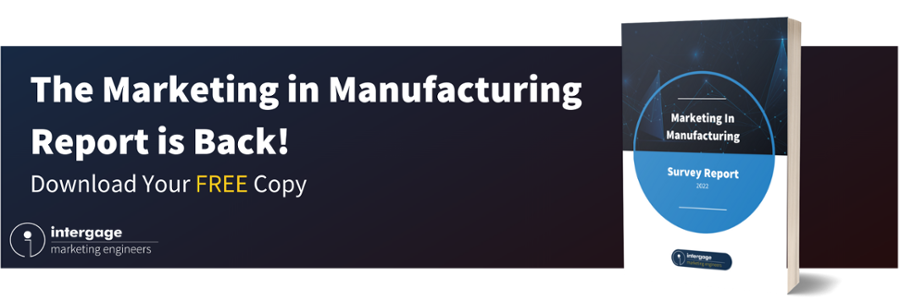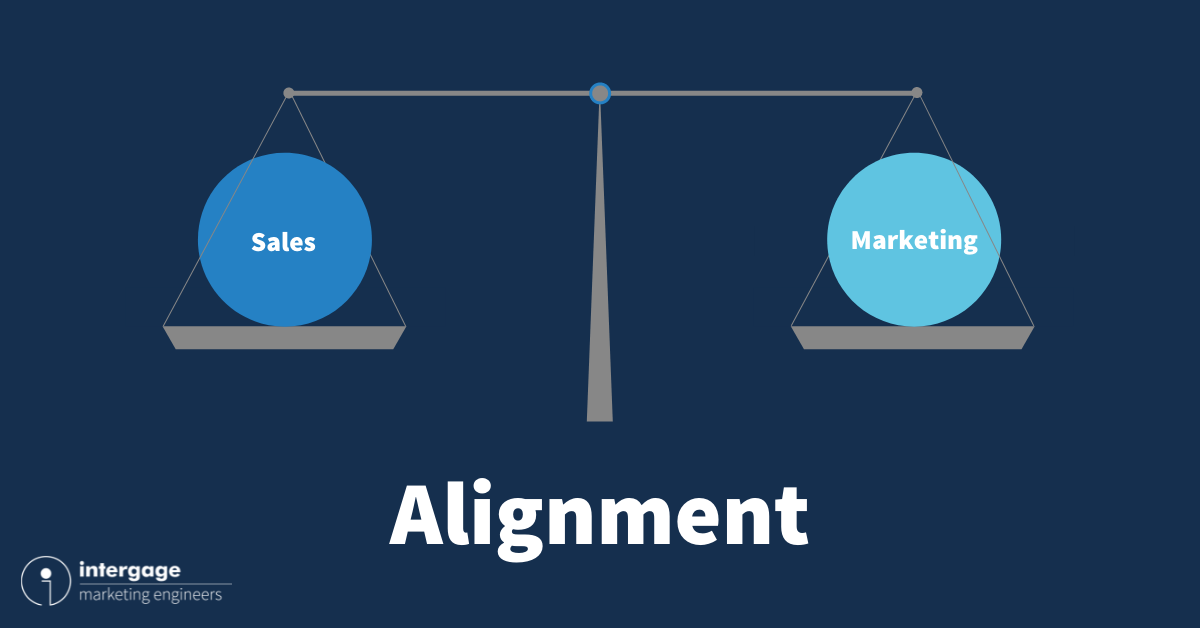5 Lean Manufacturing Lessons You Can Apply To Your Marketing
So, you want to be a lean, mean, marketing machine.
But for some reason, it just isn’t working out that way.
Marketing campaigns are taking months to reach your prospects and – as a result – lead generation is sluggish at best.
There’s some low-level (or, if you’re really unlucky, high-level and vocal) discontent between your marketing and sales teams. Meanwhile, you start to feel a distinct chill from the growing void in your pipeline.
It’ll only take the loss of one major contract to plunge you into deep trouble.
How do you resolve this? Not just for once, with a single, ‘neck off the line’ sale – but for all time, with a steady flow of quality leads?
Lean manufacturing focuses on minimising waste while maximising productivity – and its five principles can be applied to your marketing, too.
Lean methodology is underlined by the notion that if it doesn’t add value, you should probably scrap it.
In manufacturing, you can expect this to improve efficiency and reduce material costs, which in turn will make you more competitive.
Apply the methodology to your marketing and – lo and behold – you obtain many of the same results.
But what are the five principles and how do you apply them to your current marketing strategy?
1. Value
Value is always defined by a customer’s specific needs.
In manufacturing, you might consider this the speed, accuracy and cost required to produce a product. If this exceeds the customer’s expectations, then this could be considered good value.
Adding value is also key to a successful marketing campaign. However, it doesn’t just boil down to how much a customer is willing to spend.
Your product adds value when it provides tangible benefits to the user.
This is more than just a boastful list of features. Your marketing should turn towards the real-life problems your product will solve, such as making jobs easier, cheaper or less stressful.
Adding value can be more literal, too, when you position your brand as being willing to offer that little ‘something extra’.
A strong digital content offering – such as whitepapers, videos, blogs, and webinars – will showcase your dedication to helping customers and open the door to a dedicated following, who trust you to look out for their best interests.
This is the ‘value’ that your marketing should aim deliver to customers, through all of its work.
2. Value Stream
So, you know your product provides value.
It’s a great start, but delivering this value will still be incredibly hard work if the entire marketing process is littered with roadblocks that test your time, budget, and patience.
If you were evaluating the value stream of a manufactured product, you would trace its steps from design, right through to distribution.
Are there any steps that don’t create value? Are they slow, wasteful, or unnecessary? If so – here’s your chance to identify them and find a way to remove them from the process.
Now, consider the same for your marketing campaigns.
From concept to delivery, there are likely to be multiple steps and a series of handovers from different members of the team.
Are there any delays or defects? Are some resources under-utilised, while others are over-delivering?
Once you’ve analysed each step, you can identify where value falls between the cracks and pave over those wasteful processes.
3. Flow
Once you’ve removed the waste from your value stream, you need to make sure the remaining steps are free-flowing and allow value to reach your customers with ease.
Interruptions to your marketing flow can occur under your nose, however, when communication between your high-value teams falls victim to an information silo.
For example, Barry in your Sales Team might have noticed that the leads he’s getting are suddenly much less relevant than they used to be.
“Tennis lessons? Nah, sorry – we only make tennis balls at Bouncy Balls Inc.”
“Tennis shorts? Nope, can’t help you with clothing I’m afraid!”
A few adjustments from Maggie in Marketing could position their latest campaign with far more accuracy, leading to higher-quality leads for Barry and a much more productive sales department.
But if nobody passes on that information, no changes will happen, and you’re producing waste all over again.
When staff are reluctant to share information between departments, it doesn’t just damage your corporate culture – it critically reduces efficiency.
So combat silo thinking. Make sure everyone understands the importance of passing information between departments. Provide a simple process for doing so.
4. Pull
With improved flow, your customers will benefit from much quicker access to your products.
In the manufacturing world, the quick pull of products from the production line will mean that you and the customers save money; you don’t need to stockpile materials or build too many products in advance – negating the need for costly storage and inventory management.
Rather, products are seamlessly manufactured and sent on their way.
Inbound marketing is similar. The aim is to create large amounts of helpful (not pushy) content that your prospects can pull and peruse at their leisure as they seek answers to their questions.
This enables them to complete the three stages of the buyer’s journey – awareness, consideration and decision – at their own pace.
Allowing your prospects to ‘pull’ the relevant information they need – rather than bombarding them with overtly salesy messaging – will:
- build greater trust
- improve conversion rates
- deliver more sales
- improve customer retention
- increase customer lifetime value.
This timely output of quality campaigns will result in an upturn in leads and demand, keeping all the cogs in your machine turning, something we discuss in more detail here.
5. Perfection
So, things are going well. But will you ever achieve ‘perfection’?
Consider this…
You’ve produced a well-researched and well-made product, with plenty of demand. Your customers love it and you happen to think it’s pretty great as well.
Would you think to yourself, “This is it! This is THE product! We’ll just keep making this and our business will be a success forever!”
Unlikely.
You would enjoy the victory but you would keep listening to your customers, keep an eye on your competitors and keep a finger on the pulse of the latest developments.
Chances are, no matter how good your product is, there will be a technological advancement or competition in the market which means you will need to change your strategy – no matter how close to perfection you came this time.
And you’ve guessed it – marketing is very similar.
No matter how sharp you make your marketing campaigns or how many leads are falling into the lap of your sales team, you should never consider lean marketing as a process you ‘complete’.
Rather, you should regularly map your value stream and analyse the results over time. Not only can this continuously improve your output but it’ll nip any potential setbacks in the bud.
Lean marketing isn’t a product – It’s a production cycle.
This is a marketing journey, not a destination.
Marketing – as a product – will need to evolve to suit the changing needs of your business and its customers.
So, keep your whole team agile and encourage everyone to examine their output with the lean methodology in mind.
Before you know it, you’ll see a positive impact on your entire company culture – from which your whole business will profit.






